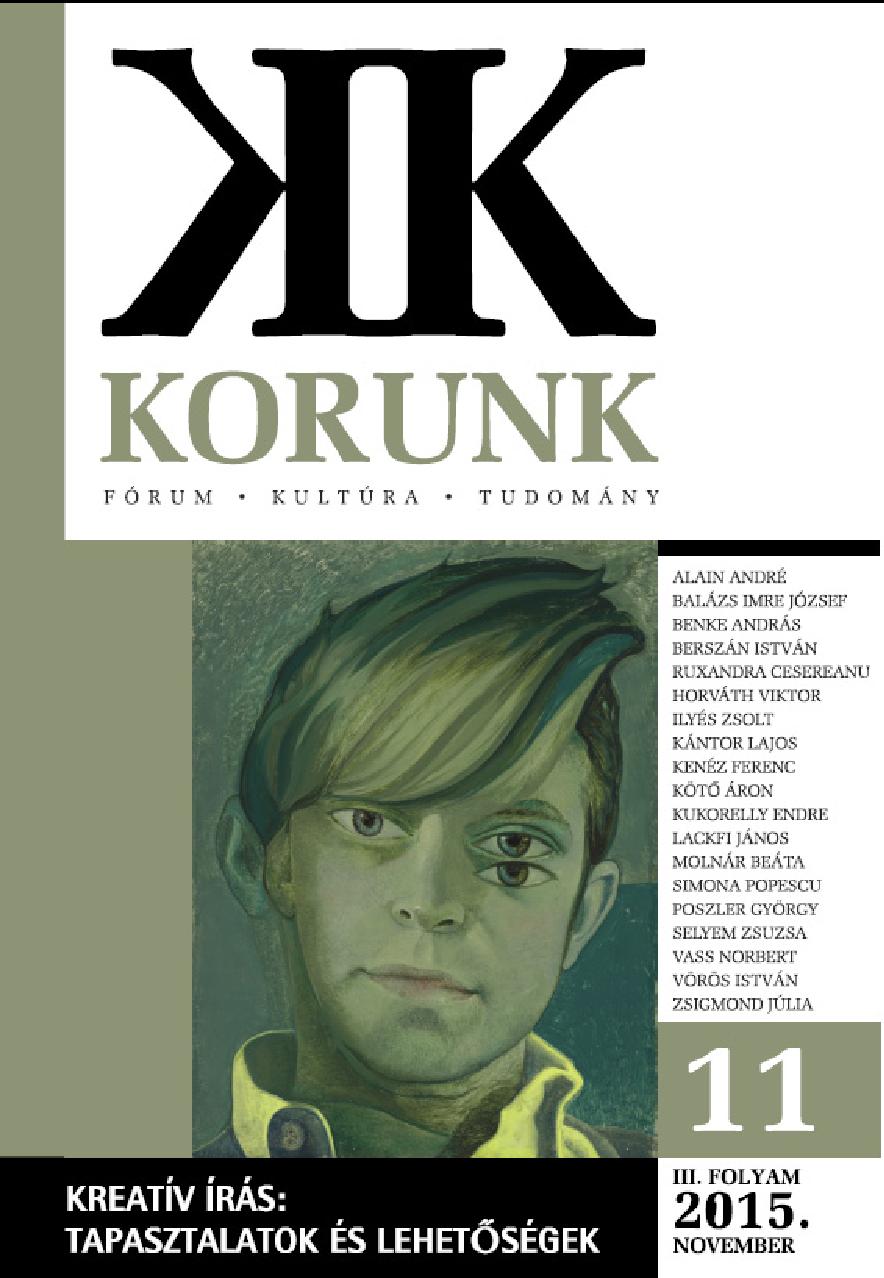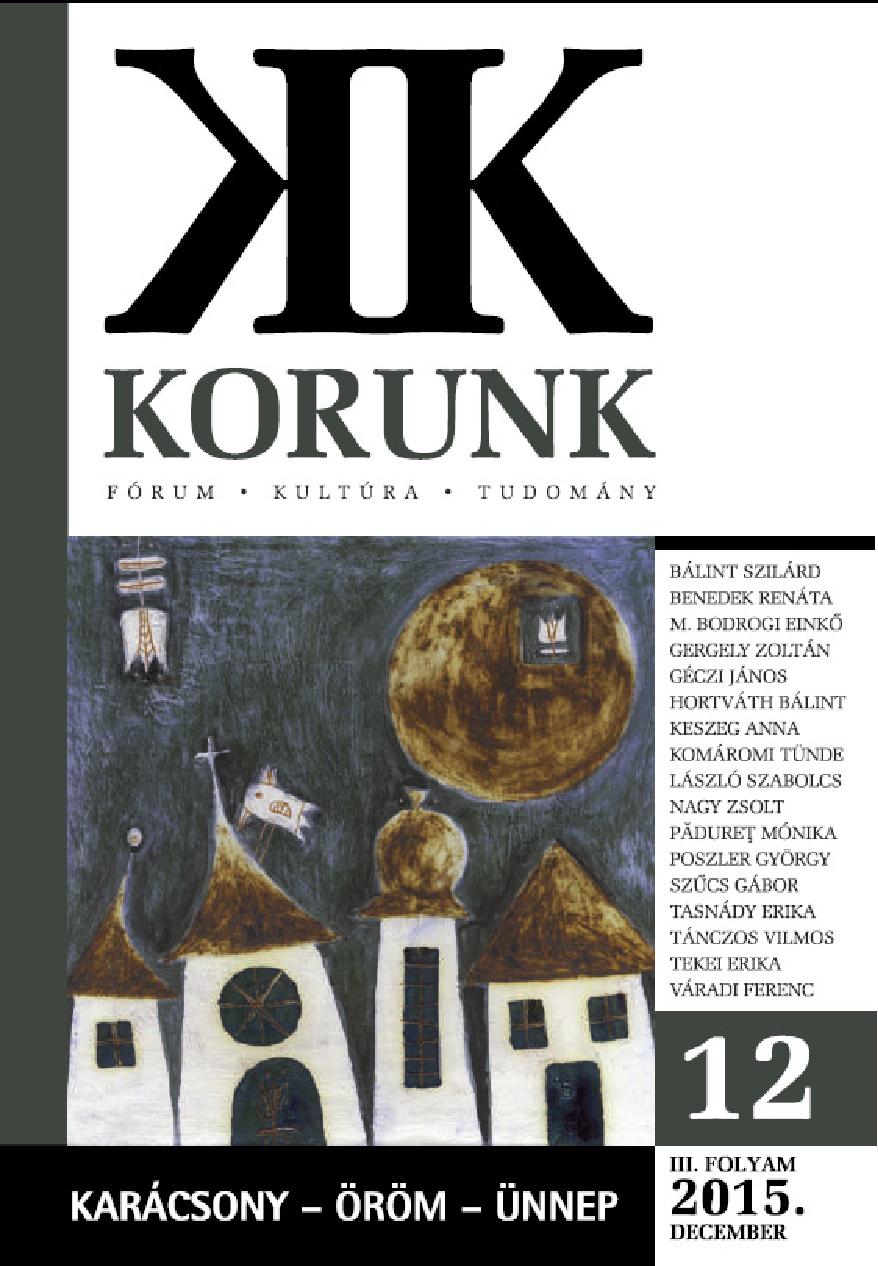














Keywords: Last Judgement; Máramaros (Maramures); wooden church; Romanian church art
The main topic of my paper is the representation of the Last Judgement in the churches from Máramaros. I offer an iconographic analysis of the representations of last judgement. After the First World War the new,enthusiastic Romania tried to investigate deeper into its own past and its art. As a consequence, from the beginning of the 20th century, several monographs have been published about Romanian wooden churches.The first historical works did not focus on the churches' painted culture. They only examined their architectural heritage. Scholarly works on the research of iconographic depiction have begun to appear from the mid-20th century onwards. Until the 18th century, murals and icons have been a permanent feature of wooden churches. They were arranged according to certain regularities. In Máramaros, nearly one hundred churches contain depictions of events recounted in the Old and the New Testament.The Doomsday or the Last Judgement is the most common and complex type of eschatological picture representation.
More...
Keywords: Christmas tradition; carolling; Transylvanian Plain; Moldavia
Until the middle of the 20th century, carolling was one of the favourite Christmas traditions in the Hungarian language area.Up to the end of that century, the tradition of carolling was alive in many communities in Transylvania and Moldavia, and in the region of the Transylvanian Plain it is still kept alive today. The work migration to nearby cities or even faraway countries gradually led to the disintegration of this tradition. As a result, Christmas has become an occasion for meeting family members. Consequently, on the 24th of December adults find it increasingly difficult to go to their neighbours’ to carol.
More...
Keywords: Romanian colinda; folk custom; Christmas time; Béla Bartók
This paper is essentially the first part of a musical doctoral thesis that covers the issues of the Romanian and Hungarian colinda arrangements – and other compositions inspired by the colindas – in the second half of the 20th century. This part of the dissertation contains the description of the Romanian folk custom “colindat”, popular during Christmas time, but also associated with old pagan rites during the winter solstice and with the antique feasts of greeting the New Year. The description covers the origin of the word “colinda”, the delimitation of the genre, the detailed process of the folk custom and its spreading in the Romanian language area.The next part of the study is about the basic characteristics of the folk texts and the melodies, which also carry archaic dimensions. It is followed by a two-part summary of the research history, from the first historical reports through the great colinda monograph of Béla Bartók to recent Romanian researches. The present work is first of all a synthesis, but it contains some novel reflections on the field, pertaining especially to the musical arrangements of the colindas.
More...


